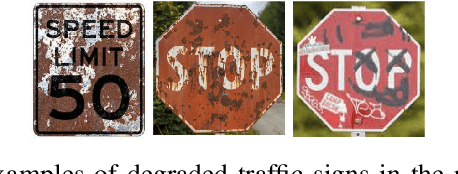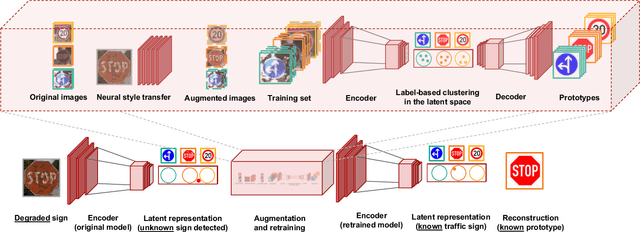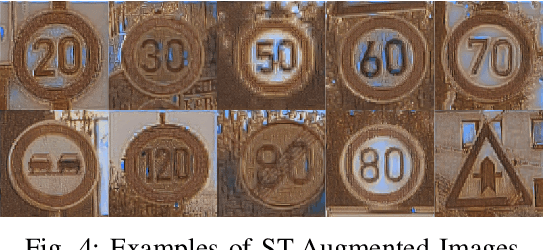Abhibha Gupta
Argumentative Stance Prediction: An Exploratory Study on Multimodality and Few-Shot Learning
Oct 11, 2023Abstract:To advance argumentative stance prediction as a multimodal problem, the First Shared Task in Multimodal Argument Mining hosted stance prediction in crucial social topics of gun control and abortion. Our exploratory study attempts to evaluate the necessity of images for stance prediction in tweets and compare out-of-the-box text-based large-language models (LLM) in few-shot settings against fine-tuned unimodal and multimodal models. Our work suggests an ensemble of fine-tuned text-based language models (0.817 F1-score) outperforms both the multimodal (0.677 F1-score) and text-based few-shot prediction using a recent state-of-the-art LLM (0.550 F1-score). In addition to the differences in performance, our findings suggest that the multimodal models tend to perform better when image content is summarized as natural language over their native pixel structure and, using in-context examples improves few-shot performance of LLMs.
Enhancing Visual Perception in Novel Environments via Incremental Data Augmentation Based on Style Transfer
Sep 16, 2023



Abstract:The deployment of autonomous agents in real-world scenarios is challenged by "unknown unknowns", i.e. novel unexpected environments not encountered during training, such as degraded signs. While existing research focuses on anomaly detection and class imbalance, it often fails to address truly novel scenarios. Our approach enhances visual perception by leveraging the Variational Prototyping Encoder (VPE) to adeptly identify and handle novel inputs, then incrementally augmenting data using neural style transfer to enrich underrepresented data. By comparing models trained solely on original datasets with those trained on a combination of original and augmented datasets, we observed a notable improvement in the performance of the latter. This underscores the critical role of data augmentation in enhancing model robustness. Our findings suggest the potential benefits of incorporating generative models for domain-specific augmentation strategies.
 Add to Chrome
Add to Chrome Add to Firefox
Add to Firefox Add to Edge
Add to Edge